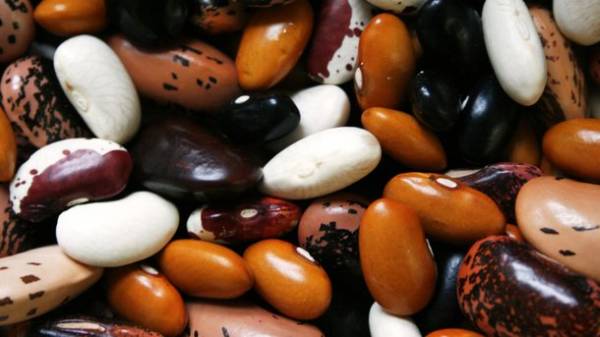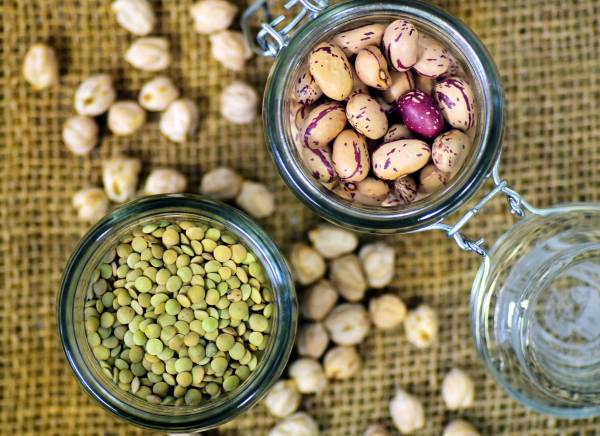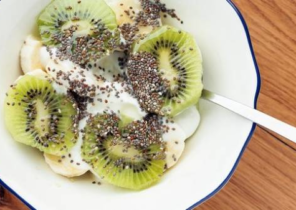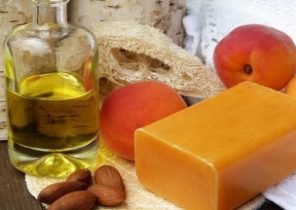
In the period of lent legumes — the number one product on the tables for fasting, because they are a rich source of vegetable protein, in fact, the Vice skoromnogo — meat, eggs, milk. Despite the obvious benefits of the pea and the company should not be overused to avoid problems with the stomach, it is important to know when, how and what they should eat. To these and other questions answered by the experts: PhD, dietitian, endocrinologist of the highest category Elena Konovalenko, therapist Veronica Peskovatka, doctor-naturopath Elena Scrolls.
- HOW USEFUL LEGUMES?
One serving of beans (about half Cup) contains just 11 calories, 20 g carbohydrates, 7-9 g fiber, 8 g protein, 1 g fat. In addition, they are a source of b vitamins, iron, copper, magnesium, zinc and phosphorus. By the way, the protein — building material for our body in the beans is approximately the same as in hard cheese, chicken and most fish. In addition, the beans is a product with very low glycemic index. Dishes from them very slowly and slightly increase the level of glucose in the blood, so they can be eaten by diabetics.
Studies have shown that a diet rich in plant foods, including legumes, reduces the risk of developing diabetes of the 2nd type. The use of beans allows you to more effectively control the level of glucose in the blood, as well as indicators of cholesterol metabolism. They are also nice helpers with weight loss: high in fiber and complex carbohydrates provide a long feeling of satiety. Hypertensive patients should also pay attention to this product category, because the high content of potassium, magnesium and fiber helps control blood pressure.
However, you need to be careful with canned foods: they have a lot of salt, which retains fluid in the body, and therefore can cause a pressure surge. Therefore, before using canned beans or peas, for example, should be thoroughly washed.
Of course, all these benefits will only in quality product. When buying, pay attention to legumes had a homogeneous structure was solid, not
wrinkled, without spots.
- HOW AND WHEN CAN THEY BE THERE?
Beans must be at least 9% of the total diet. It is about 70-90 grams a day. They have high energy value and at the same time low calorie. That is perfectly saturate the body with energy, but long there is a feeling of hunger. Eat legumes optimally during the day, but dinner is not recommended: this product is heavy, and the body needs time to digest.
- WHAT DO THEY MIX?
All vegetables, except potatoes (starch prevents the absorption of protein), greens, non-acidic fruits, buckwheat and fats (preferably vegetable). It is not recommended to combine them with bread and nuts: it is equally difficult for the digestion of food. Also, do not eat beans in dishes with meat. They are both protein, so you need to choose one thing to enzyme system has not received a double blow. But if you serve with mushy peas or bean lobio sauerkraut or vegetables, the body will tell you “thank you”: “Qualinesti” rich fermented by bacteria that help to digest heavy food.
- HOW TO COOK LEGUMES?
Beans are better absorbed if cooked in a dish add spices: ginger, turmeric or any kind of pepper.
- WHO ARE THEY CONTRAINDICATED?
Most beans contain large amounts of roughage. So don’t lean on them with all sorts of inflammatory bowel diseases. In addition, some legumes (e.g., peanuts and soybeans) are allergens, therefore, their use should be moderate and careful. If you have symptoms of food Allergy — itching, hives, vomiting, diarrhea, difficult breathing, you need to consult a doctor to identify its cause.

LEGUMES
BEANS: red — source of iron, which participates in the formation of red blood cells and increases hemoglobin. Its use is useful for the cardiovascular and nervous systems. But eating white beans helps strengthen bones because it contains calcium. As well as potassium, necessary for the prevention of heart disease.
CHICKPEAS: apart from a large number of minerals and vitamins, contains methionine. Is an amino acid, normalizing the level of cholesterol, improves liver function and prevents it from being obesity.
SOYBEAN: contains lecithin (involved in fat metabolism and speeds up the metabolic processes), calcium (strengthens bones) and isoflavones (prevent the occurrence of malignant tumors).
LENTILS: it has more folic acid than in peas: 100 grams of product to 100 micrograms. She is also a source of iron. But unlike the pea it is not such a rich set of amino acids. But there are isoflavones — substances that suppress the oncological processes.
PEAS: it contains large amounts of essential amino acids (like in meat) and vitamin C. Also, this legume is a source of folic acid (involved in the process of cell division and development of tissues). In 100 grams of peas contains 65 micrograms of folic acid. Fresh peas enhances immunity, improves the condition of the hair and skin.







